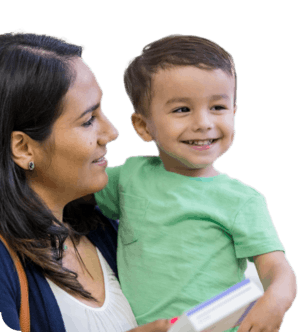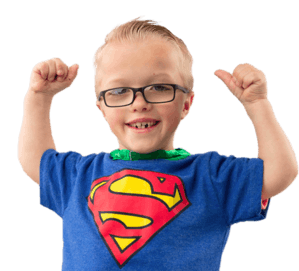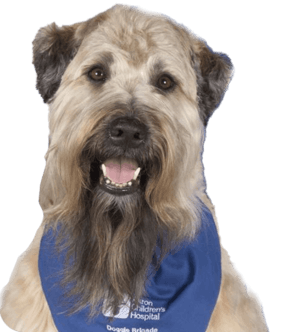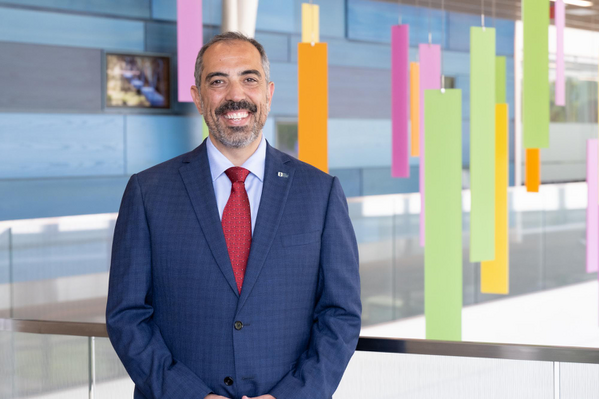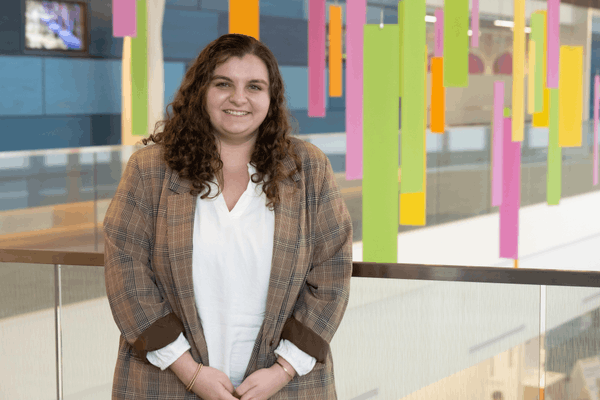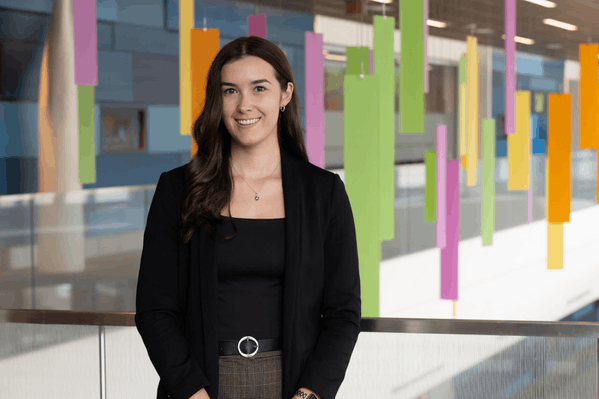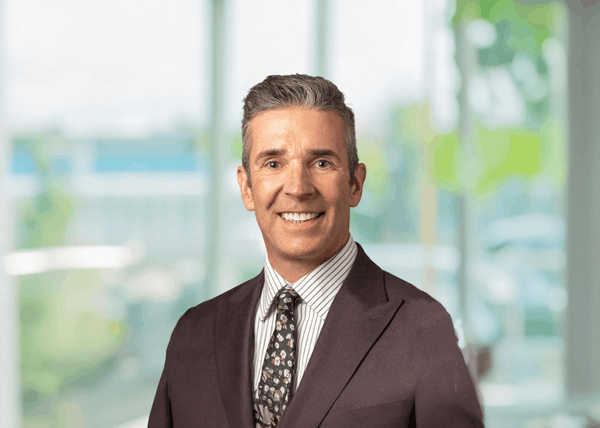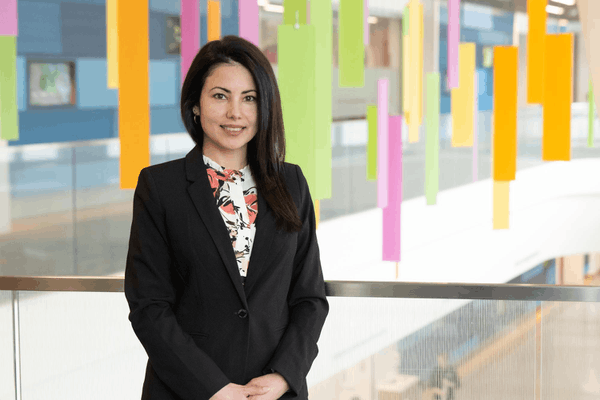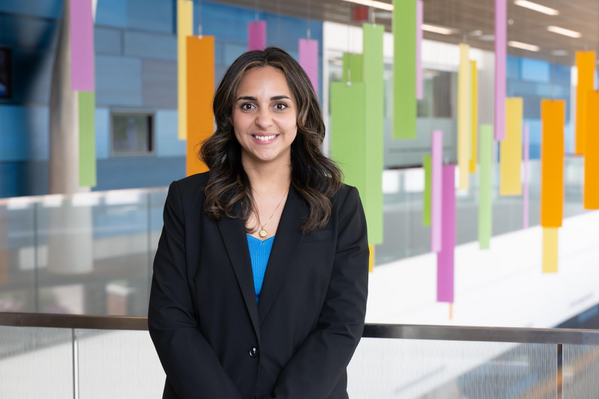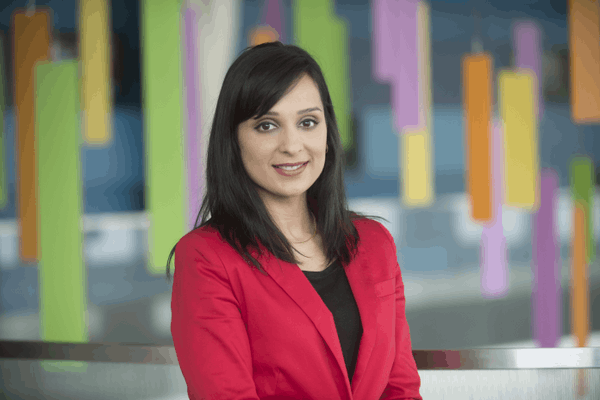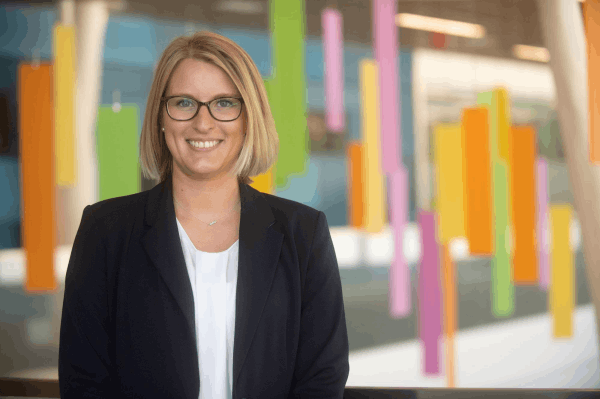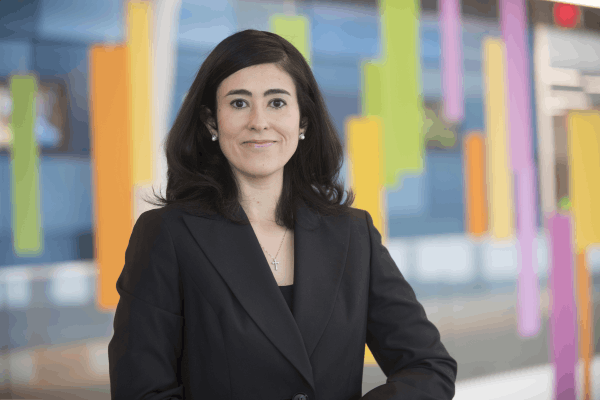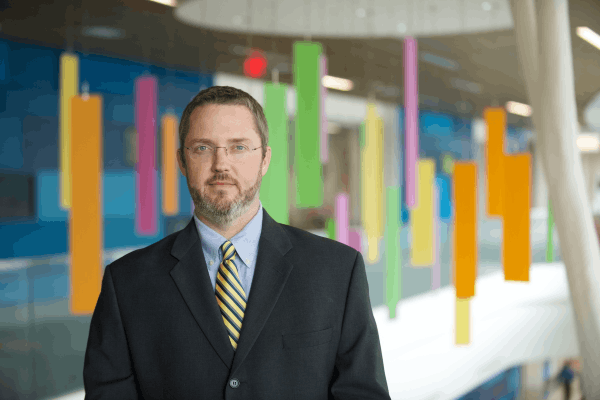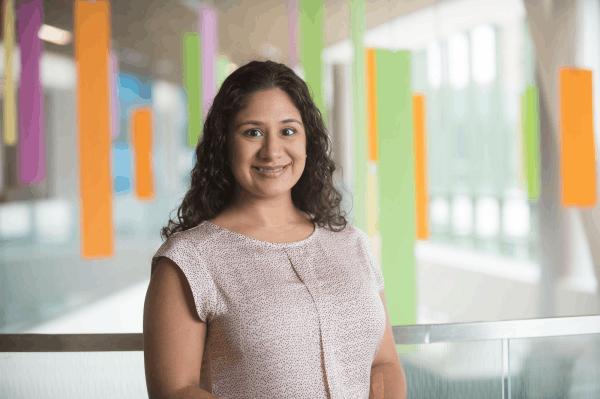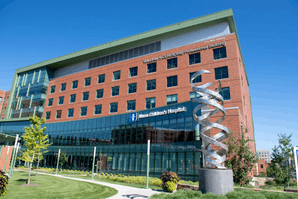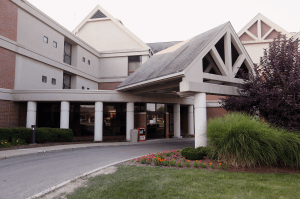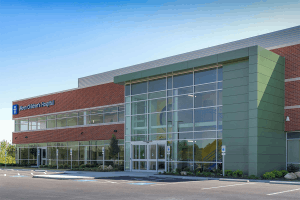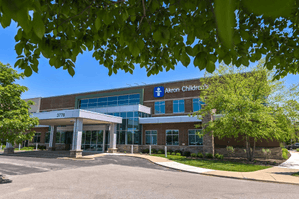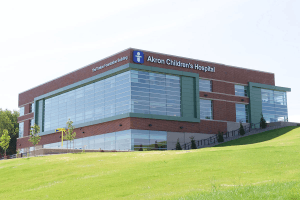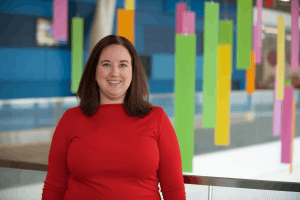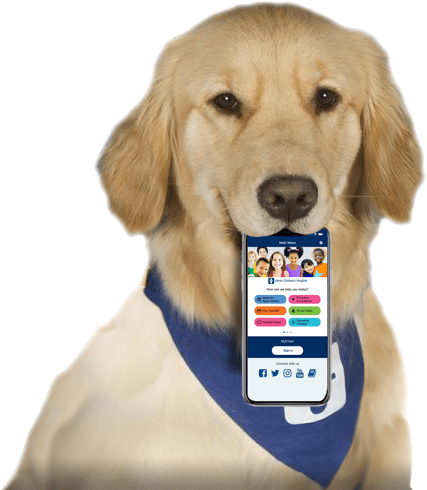Vision Center

The vision experts at Akron Children’s specialize in the comprehensive evaluation, coordinated care and cutting-edge treatment of eye disease and visual system disorders in infants, children, teens and adults who have remaining vision disorders due to childhood eye diseases.
Learn more...Department: 330-543-5290
About Vision Center
Vision care tailored to your child’s visual development
Offer contact lens care for kids including scleral lenses and myopia control. Learn more
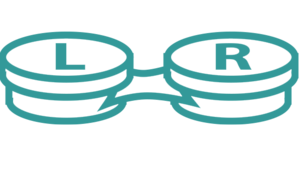
We’ve treated patients from 47 countries and 45 states.
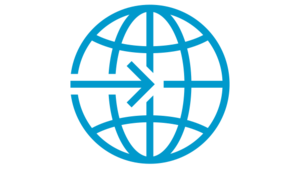
Largest group of pediatric eye care specialists in NE Ohio
Largest group of pediatric eye care specialists in NE Ohio
Donate to support vision research in children!
We treat infants, children and teens with a wide range of vision symptoms and disorders, including:
- Amblyopia (lazy eye)
- Congenital ocular abnormalities
- Cataracts
- Double vision
- Glaucoma
- Ocular allergies
- Refractive errors (glasses prescriptions)
- Retinal disorders
- Retinopathy of prematurity
- Ptosis (droopy eyelid)
We also treat infants, children, teens and adults with:
- Nystagmus
- Strabismus (crossed eyes)
The Vision Center features an experienced, skilled team including ophthalmologists, optometrists, an orthoptist, a nurse, ophthalmic techs and scientists. They offer the latest in diagnostics and care for patients with vision problems, no matter how simple or complex.
Our advanced treatment for rare eye diseases, such as infantile nystagmus, draws patients from all over the world. Our team also specializes in caring for children with disabilities.
Vision, Akron
Akron Children's Pediatric Ophthalmology & Optometry, AkronConsidine Professional Building
215 West Bowery Street
Level 2
Akron, Ohio 44308
Map & directions
More about this location...
Appointments: 330-543-2778
Department: 330-543-5290
Vision, Boardman
Akron Children's Pediatric Ophthalmology & Optometry, BoardmanBuilding C
6505 Market Street
Suite 1100
Boardman, Ohio 44512
Map & directions
More about this location...
Appointments: 330-543-2778
Department: 330-746-9480
Vision, Boston Heights
Akron Children's Pediatric Ophthalmology & Optometry, Boston HeightsAkron Children's Health Center, Boston Heights
328 East Hines Hill Road
First floor - 1200v
Boston Heights, Ohio 44236
Map & directions
More about this location...
Appointments: 330-543-2778
Vision, Medina
Akron Children's Pediatric Ophthalmology & Optometry, MedinaAkron Children's Health Center, Medina
3778 Medina Road
Medina, Ohio 44256
Map & directions
More about this location...
Appointments: 330-543-2778
Department: 330-722-2468
Vision, North Canton
Akron Children's Pediatric Ophthalmology & Optometry, CantonAkron Children's Health Center, North Canton
6076 Whipple Avenue
North Canton, Ohio 44720
Map & directions
More about this location...
Appointments: 330-543-2778
Faruk Örge, MD, MBA, FAAO, FAAP
Director, Division of Pediatric Ophthalmology; Dr. Boomer and Jill Burnstine Endowed Chair in Pediatric Ophthalmology
The vision experts at Akron Children’s specialize in the comprehensive evaluation, coordinated care and cutting-edge treatment of eye disease and visual system disorders in infants, children, teens and adults who have remaining vision disorders due to childhood eye diseases.
This Akron Children’s Center features an experienced, skilled team of ophthalmologists, optometrists, nurses, ophthalmic techs, and scientists. They offer the latest in diagnostics and care for children with vision problems, no matter how simple or complex.
Insurance coverage for vision is dependent upon diagnosis and can involve your medical insurance and/or vision care insurance. A diagnosis can only be determined by the provider at the completion of the exam. In addition, coverage varies by company. Please review your insurance plan benefits for vision care in advance of your appointment. In addition, there is a specific test that is done at each yearly exam and possibly each visit depending on the patient's diagnosis (CPT 92015 Refraction). This is often not paid by insurance. For questions about your individual plan please contact your insurance carrier.
Akron Children’s Vision Center prides itself on a commitment to medical education. We offer two fellowship programs, one in optometry and one in ophthalmology, to provide training for the next generation of health care providers.
From a patient family perspective, this means that there will likely be a student present at your appointment. We thank you for your understanding as we take the time to allow these students the opportunity to learn and grow in their medical and health care pursuits.
More information on our optometry fellowship can be found here, and more information on our ophthalmology fellowship can be found here.
Programs and Clinics
Conditions and Treatments:
Amblyopia (lazy eye), chalazion/stye, congenital ocular abnormalities, cataracts, convergence insufficiency, double vision, eye (ocular) allergies, eye (ocular) infections, eye (ocular) trauma, glaucoma, optic nerve disorders, ptosis (droopy eyelid), refractive errors (glasses prescriptions), retinopathy of prematurity, nasolacrimal duct obstruction (tear duct obstruction), nystagmus (dancing eyes), strabismus (crossed eyes)







